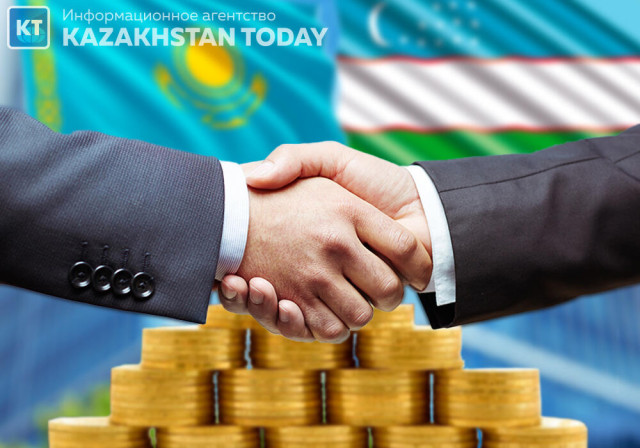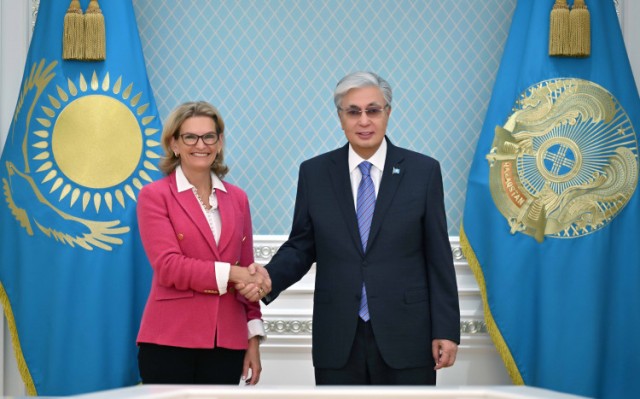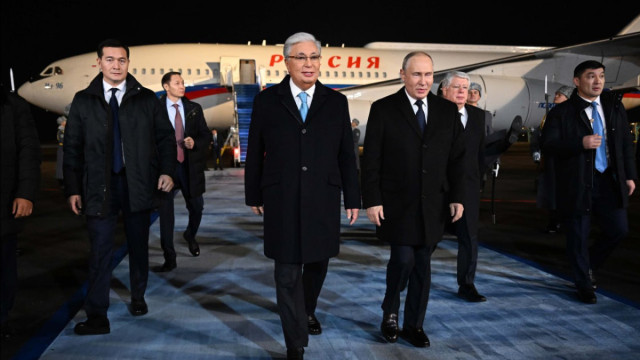
Central Asia is becoming an important link in
the global economy today, attracting interest from major global players,
including the European Union (EU). Experts highlight several key factors that
make the region attractive: its favorable geographical location for trade and
logistics between Asia and Europe, reserves of natural resources, rapid
economic growth, the development of new industries, a well-thought-out
investment policy, and human capital. Political stability in the countries of
the region also plays an important role. European nations view the ongoing
reforms and integration processes in Central Asia positively. The summit in
Samarkand, Uzbekistan, provides an opportunity for the EU to reaffirm its
strategic interest in the region and foster both bilateral and multilateral
cooperation with the five Central Asian countries. New prospects for
partnership and cooperation will emerge in energy, critical resources, and
innovation. The region’s transit routes, especially the Middle Corridor, are
also a key focus. Notably, the EU is the second-largest trading partner of
Central Asia and the leading investor, with more than 40% of capital flowing
into the region from European countries.
Meanwhile, Uzbekistan and the EBRD intend to
develop the green economy, digitalization, artificial intelligence, and transport
communications. Relevant programs and projects were outlined during a meeting
between President Shavkat Mirziyoyev and the head of the financial institution.
In the presence of the President of Uzbekistan, the European Commission President,
and the President of the European Council, an agreement was signed to establish
a regional office of the European Investment Bank (EIB) in the country. This
will help increase investment in innovative industries and infrastructure in
Uzbekistan and Central Asia as a whole.









